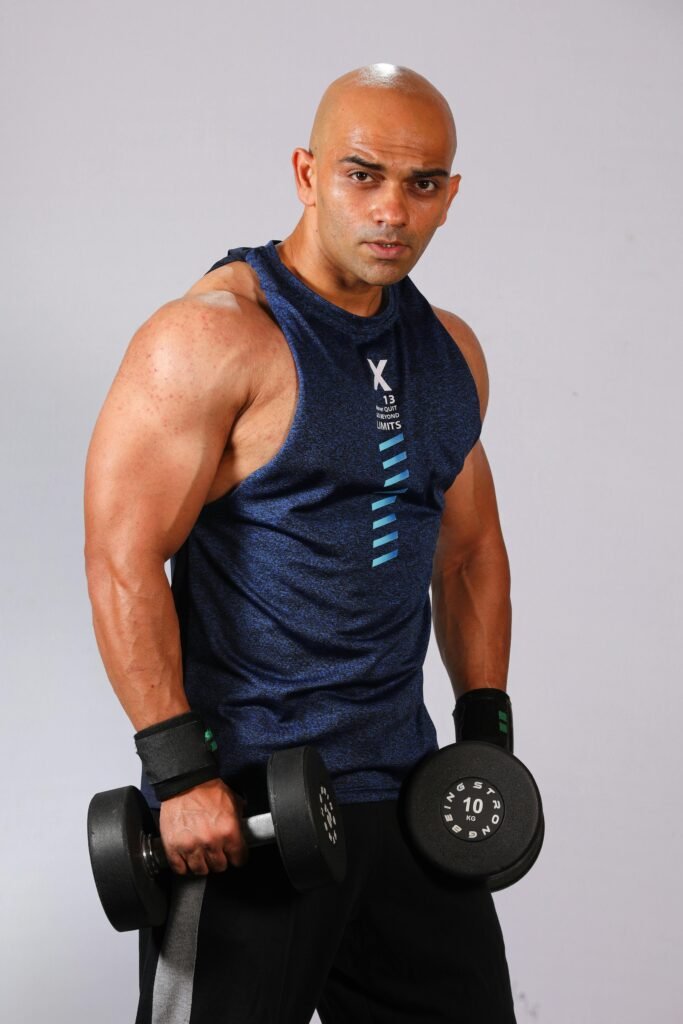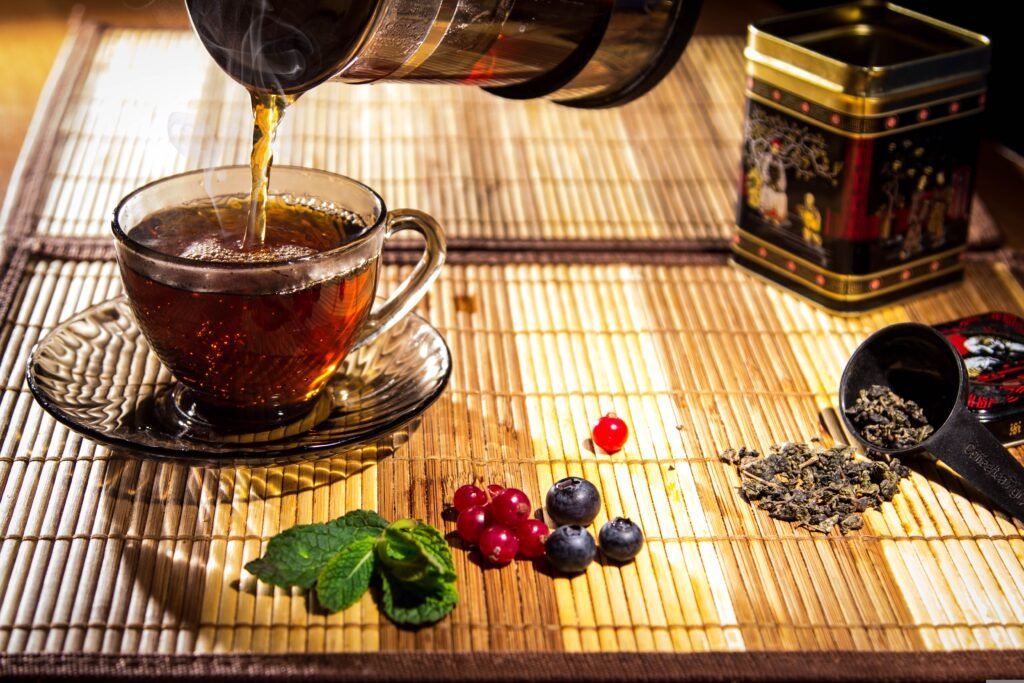Understanding Hair Fall: Common Causes and Effective Solutions
Hair fall is a common problem that can arise due to various factors, including genetics, stress, hormonal imbalances, poor diet, or insufficient hair care. Knowing the root cause of your hair fall is essential for finding the right solutions. Below, we’ll cover natural ways to nourish your hair and reduce shedding, keeping your hair looking vibrant and healthy.1. Nourish Your Hair from Within
Adopt a Balanced Diet: Your hair’s health directly correlates with what you eat. Eating a nutrient-rich diet helps strengthen hair follicles. Focus on foods that are rich in iron, zinc, biotin, and omega-3 fatty acids. Incorporate leafy greens, eggs, fatty fish like salmon, nuts, seeds, and berries into your meals. These foods contribute to stronger hair, improved circulation, and more vibrant strands. Stay Hydrated: Hydration is key to maintaining healthy hair. Drinking enough water every day helps prevent scalp dryness and ensures that your hair follicles are properly nourished. Aim for at least 8 cups of water a day, and you’ll notice a significant improvement in your hair health.2. Revise Your Hair Care Routine
Go for Sulfate-Free Shampoos and Conditioners: Harsh chemicals in hair products, like sulfates, can strip your hair of its natural oils and lead to damage. Opt for shampoos and conditioners free from sulfates and parabens. Look for products enriched with biotin, keratin, or nourishing oils, such as argan oil, which can help keep your hair hydrated and strong. Avoid Over-Washing Your Hair: Washing your hair too often can deplete its natural oils, leading to dryness and increased breakage. Instead of washing your hair daily, aim to wash it 2-3 times a week. Use dry shampoo on non-wash days to refresh your scalp without stripping it of its moisture. Be Gentle with Wet Hair: Wet hair is fragile and more prone to breakage. After showering, gently pat your hair dry with a soft towel or an old T-shirt. Avoid vigorous towel drying, which can cause stress on your hair. Use a wide-tooth comb or your fingers to carefully detangle your hair to prevent unnecessary breakage.3. Foster a Healthy Scalp for Stronger Hair Growth
Scalp Massages: One of the best ways to promote healthy hair growth is by improving circulation to your scalp. Massaging your scalp with essential oils like rosemary or peppermint can help stimulate hair follicles and encourage new growth. Simply apply a few drops of essential oil to your fingertips and massage in circular motions for 5-10 minutes. Minimize Heat Styling: Excessive heat styling can weaken your hair over time. If you need to use heat tools like a blow dryer or straightener, always apply a heat protectant spray beforehand. Alternatively, reduce your use of heat styling tools to allow your hair to stay strong and healthy.4. Stress Reduction for Better Hair Health
Relaxation is Key: Stress is a major contributor to hair loss, so finding ways to manage stress is essential. Incorporating stress-relieving activities like yoga, meditation, or deep breathing exercises into your routine can make a huge difference in your hair health. Even just 15-20 minutes of relaxation a day can help you feel more grounded and improve your overall well-being. Exercise Regularly: Physical activity not only improves overall health but also promotes blood circulation to the scalp, nourishing your hair follicles. Aim for regular exercise—whether it’s cardio or strength training—at least 3-4 times a week to maintain optimal hair health and reduce stress.Expert Hair Care Tips for Healthier, Fuller Hair
Schedule Regular Trims: Regular haircuts are essential for maintaining the health and appearance of your hair. Trimming your hair every 6-8 weeks helps prevent split ends from traveling up the hair shaft and causing further damage. A good trim keeps your hair looking full and prevents it from becoming brittle. DIY Hair Masks: Nourish your hair with homemade hair masks to provide deep hydration. A simple, effective DIY mask can be made using avocado and honey, both of which contain essential nutrients for hair health. Leave the mask on for 20-30 minutes, then rinse it out for soft, shiny hair. Avoid Tight Hairstyles: Tight ponytails, braids, or buns can cause unnecessary stress on your hair and lead to breakage. Instead, choose looser hairstyles that won’t tug on your strands and reduce tension on your scalp. This will help prevent hair damage and minimize breakage over time.
Styling Tips for Thinning Hair
Even with thinning hair, there are plenty of ways to style your hair to achieve a fuller, voluminous look. Here are some styling tips to boost your confidence: Opt for Layered Haircuts: Shorter, layered hairstyles create the illusion of thicker hair. A layered cut adds volume and movement, making your hair appear fuller and healthier. Ask your stylist for a cut that flatters your face shape and enhances the natural texture of your hair. Choose Volumizing Hair Products: Products containing keratin or collagen can help give your hair more body. Look for volumizing shampoos, conditioners, and styling products that add lift and fullness to your hair without weighing it down. Consider Hair Color Enhancements: Adding highlights or lowlights to your hair can create depth and dimension, making your hair appear thicker. A well-placed hair color treatment can give the illusion of fuller locks. Accessorize with Hats and Scarves: Stylish accessories like scarves, headbands, and hats can help cover thinning areas while adding personality to your look. These accessories can also protect your hair from sun exposure, which can cause further damage. Explore Hair Replacement Options: If your thinning hair is causing significant distress, consider consulting with a hair restoration specialist to explore options like wigs, hairpieces, or hair transplants. A professional can help you determine the best solution for your hair type and needs.
Boosting Confidence with a Healthier, Stronger Look
Your appearance is more than just about your hair—your overall health and confidence play a huge role in how you feel and look. A strong, muscular physique can complement your hairstyle and boost your self-esteem.
Commit to Regular Exercise: Incorporate strength training and cardiovascular exercises into your routine to build muscle and promote a leaner, stronger body. Regular exercise helps you feel more energized and confident, which positively impacts your overall appearance.
Eat Protein-Rich Foods for Muscle Growth: Eating a balanced diet rich in protein, such as chicken, lean meats, tofu, and protein shakes, supports muscle growth and repair. Combine this with healthy fats and complex carbs for a well-rounded diet.
Perfect Your Posture: Standing tall with good posture can significantly improve your overall look. It exudes confidence and ensures you appear poised, regardless of your hairstyle.
Conclusion
Hair fall doesn’t have to take over your life or define your look. With the right approach—coupled with consistent care and lifestyle changes—you can restore your hair’s health, manage thinning hair, and enhance your natural beauty. By focusing on nourishing your hair from within, adopting healthy hair care practices, reducing stress, and boosting your confidence through regular exercise and grooming, you’ll soon see the benefits. Rock your style, embrace your uniqueness, and let your confidence shine through—your hair is only one part of your incredible self!
References:
- Harvard T.H. Chan School of Public Health, The Nutrition Source
- Mayo Clinic, Strength Training Tips
- National Institute of Diabetes and Digestive and Kidney Diseases, Managing Weight



